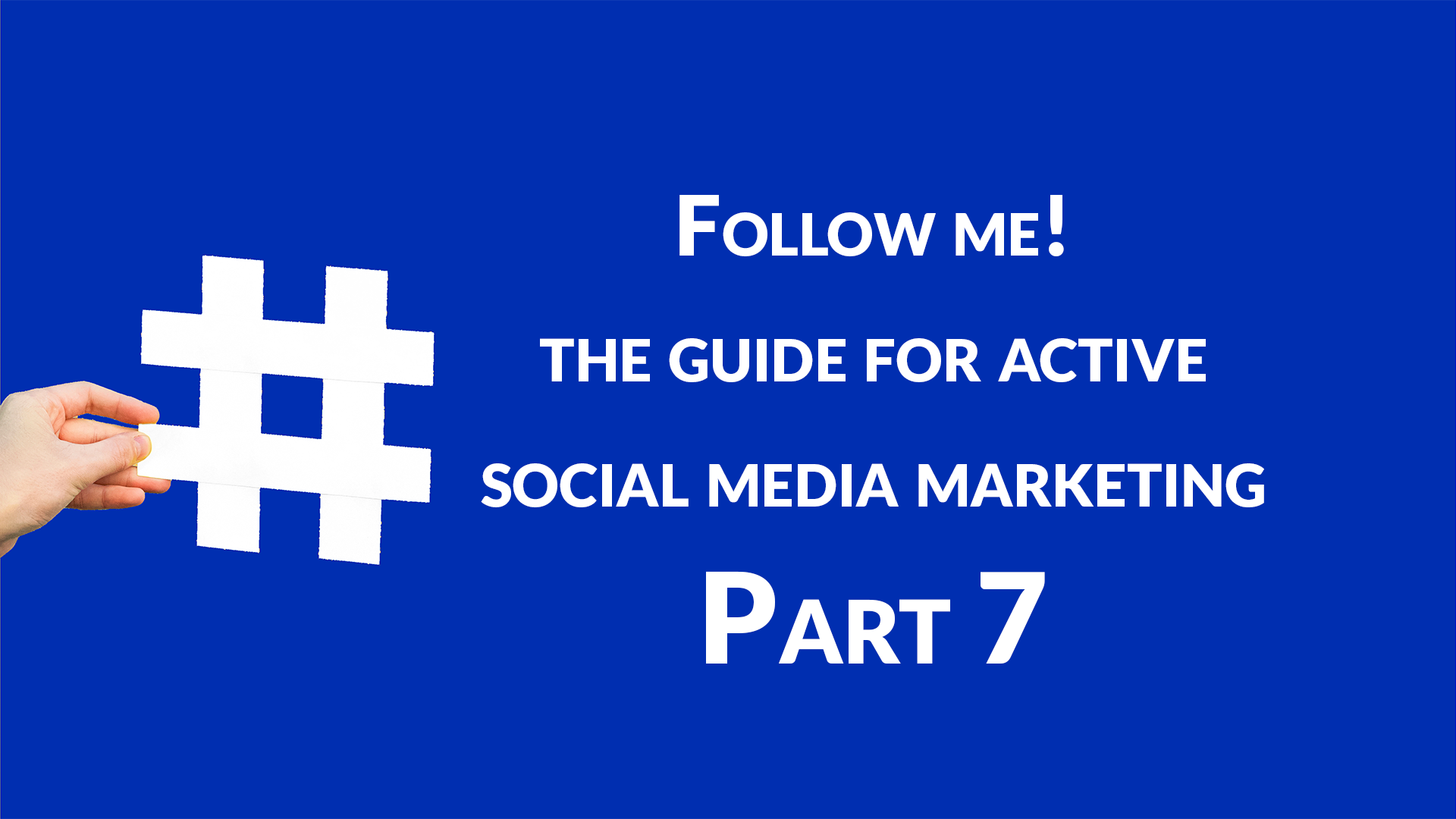A single Twitter post can be written in a few minutes, but that doesn't mean that it doesn't require planning within a social media strategy. The more often and regularly you post, the more time and pressure is involved. In the following article we will discuss how you can implement an editorial strategy easily and stress-free.
A tidy content calendar, a tidy mind
The temptation to write quickly on social media is strong, especially when there are only 280 characters to fill. But it's worth thinking about it, because especially with short texts, every single word must be on point. Of course, you can also put any post online manually – but that won't work in the long run because the time required is far too high. If you want to get the most out of your great content, you need a strategy within a strategy: A social media content calendar.
This is usually a simple Excel document that lists all the publishing dates on which you want to publish various forms of content consistently and at the best times. To do this, you also need to analyze in which period and on which days your target group is online – this is only possible with regular analysis of the key figures. You should always keep an eye on the content mix that covers your overall goals. For example, use the "social media rule of thirds" to determine that...
- ⅓ of the content promotes your company,
- ⅓ of the content includes ideas and stories from people relevant to the industry,
- ⅓ of the content is the personal interaction with your target group.
The data that you obtain from the key figures must be subject to constant review in order to continually adjust your strategy. You can read again here which of these are really relevant. Think about which content has worked particularly well on which platform with which persona, which channel has been most successful and whether your objectives are realistic. After all, your social media strategy is a constant cycle in which there is always potential for optimization.
10 tips for writing posts
1. Keep it short and sweet
Avoid long, complicated sentences. The attention span on social media is extremely short, so you should eliminate unnecessary filler words and get to the point quickly.
2. Personal approach
If you are not currently working in sales, social media is your only mouthpiece for making emotional contact with your target group. Take advantage of this and write personal texts in which your readers can find themselves. This can also be an everyday moment that everyone has experienced.
3. Trigger interactions
Communication on social media is not a one-way street. You can only post really successfully if people link or comment on the contributions. But since comments in particular are often hard to get, you have to give the target group a good reason for doing that. Often, it is enough to ask a simple question, preferably with a direct reference to your brand.
4. Hit the right tone
Before you write your first post, you need to adapt the tonality to your company, your target audience and the channel you choose. You can read more about how to define your goals and how to find and address your target group on the respective channel here. The tonality may vary depending on the channel you choose. But then the following also applies: Make sure your brand has a consistent appearance, regardless of whether it is a humorous post on Facebook or a serious post on LinkedIn.
5. Write humorously
Humour is – as with normal face-to-face communication – the key to successful communication in marketing, which is positively remembered. But humour does not mean posting half-hearted jokes. This is where creativity is needed!
6. Call-to-Action
From the first few words you should give your readers a good reason to click your CTA. A call-to-action can be many things: A link to your website or a current offer is a good idea. Help your target group to take the next step by formulating a concrete call.
7. 4-eye-principle
Grammar or spelling mistakes stand out immediately in short posts and make you look unprofessional. In order to avoid careless mistakes, the 4-eye-principle has proven its worth: Before a post goes online, it should be proofread by two people.
8. Problem, Agitate, Solve (PAS)
A real classic in advertising that works great on landing pages, social media and in mails.
- P (Problem): Present a problem that your target group knows well.
- A (Agitate): Amplify the problem.
- S (Solve): Offer the solution (your product).
Example: Another night of bad sleep? Poor sleep quality has a negative effect on our health. Sleepies help you to finally sleep well again.
9. Before, After, Bridge (BAB)
This bridge method works similar to PAS:
- B (Before): Talk about a current situation or a current problem of your target group.
- A (After): Give an outlook on a world in which this problem was solved or no longer exists.
- B (Bridge): Show the readers how to get from B to A.
Example: The manual packing of goods costs a lot of time. By using a robot you save about 80 % of your packaging costs. Learn more on our blog.
10. Attention, Interest, Desire, Action (AIDA)
Also a classic from advertising:
- A (Attention): Create attention.
- I (Interest): Ensure (more) interest.
- D (Desire): Awaken a desire.
- A (Action): Initiate an action.
Example: What if a tool takes over your translations? And only in a matter of seconds? Free of charge and directly accessible. Start your first test here.
Stay tuned…
Now that we've described the editorial planning and writing of social media posts, we're off to publication. But besides the simple "posting", the individual social media channels offer some boosts to additionally push your activities. In the next article we will deal with ads and how to post them to get the most out of your budget.
Source:
swat.io






